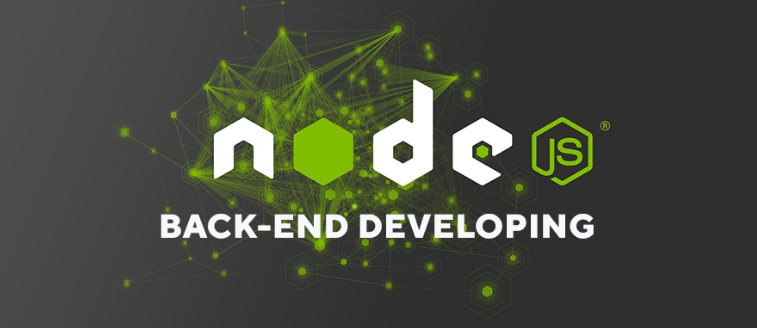Over the last decade or so, the way we use and interact with the internet has changed massively – in many ways driven by the launch of the (at the time ground-breaking) iPhone.
Nowadays, it’s almost impossible to remember a time when we didn’t all have smartphones, but Apple’s invention has served to transform modern communications – and the internet itself.
Indeed, the iPhone would even bring about the demise of Adobe Flash and drive the move to more modern coding techniques like HTML5 and CSS.
The rise of mobile internet
The use of mobile devices to access the net has been steadily growing for many years and mobile internet traffic now accounts for over 50% of all web traffic. However, as our range of devices continues to grow, it’s now more important than ever that web content can adapt to different screen sizes to be viewed effectively – a process enabled by so-called Responsive Format web design.
Ways to check if your website is responsive
A very simple test of a site’s responsiveness is to view it across different screens – everything from your cellphone to tablet, or even your connected TV. A responsive site will look good on each, with text and graphics expanding or contracting to sit comfortably within the frame.
Before the introduction of CSS and HTML5, websites used to be built using formatted tables with fixed dimensions that made it impossible to scale content. If you find your site looks odd on different screens, enlisting the services of a local web designer will help isolate the issues and allow you to formulate a plan to port your content over to a new responsive design.

Other reasons why responsiveness is so important
If you don’t change the formatting of your site to a responsive design, you risk alienating users visiting your site on different devices – or losing them altogether. However, there are other very important reasons to move to a responsive design, including:
Google: As early as 2015, Google openly proclaimed it would be prioritizing mobile-friendly sites over non-responsive designs. Always a company with its finger on the pulse of technology, Google could see the dramatic rise in mobile traffic and moved to accommodate it better within its services – to the point it now actively penalizes old designs by reducing the ranking in its Search Engine Results Pages (SERPs). Bottom line: if you’re to stand any hope of generating traffic from Google, you need to move to a responsive design.
Responsiveness is cost-effective: In the early days of mobile growth, it was commonplace for web developers to produce two versions of the same site – one for device use and one for larger screens. Moving to responsive format means you need only have one website, cutting development time and fees.
Website management: Again, going back to the early days of web development, it used to be the case clients would have to approach their development company to make changes to their site. Nowadays, by using a Content Management System (CMS) like WordPress in tandem with a responsive design, clients can make changes to content or add/delete pages without having to call on their developers.


